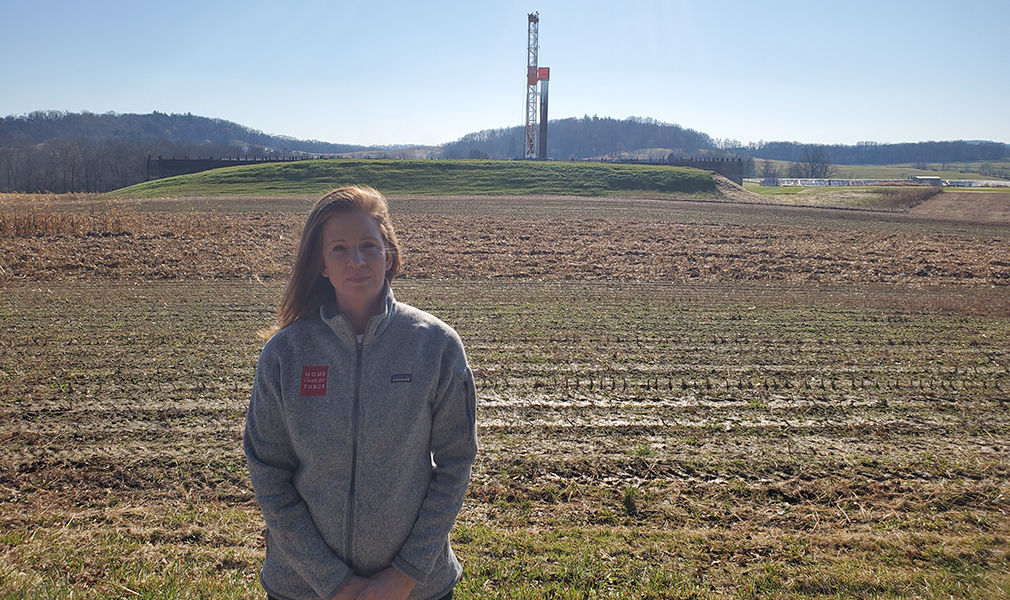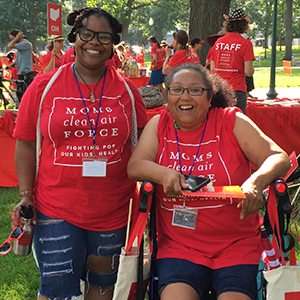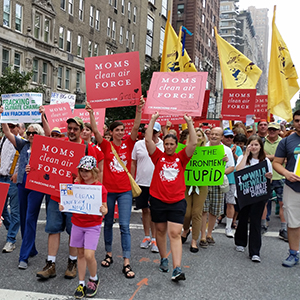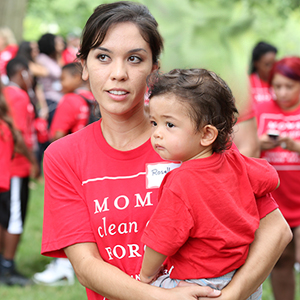
“What’s in the Air” is a column by Dominique Browning, Moms Clean Air Force Co-Founder and Director, in which she explores life today through the lens of air quality and public health.
A rocket ship, a satellite, a ladder of Skylinks kiting into space, even a helicopter—they thrill. There’s romance in technology. What the human mind is capable of achieving.
But. A satellite that is going to save lives? That’s profound.
Watching the liftoff of MethaneSAT, the world’s most advanced methane-detecting satellite, I don’t see streams of data unfurling from the payload. That data is crucial—and we’ve never had it before. MethaneSAT has unmatched accuracy and precision, leveraging advanced sensing technology to detect methane emissions across the globe. And methane pollution is a major climate disaster; it packs more of a punch in disrupting our climate and does it more quickly than carbon. We know how to stop methane leaks. But we can’t fix what we can’t find.
What I see, as that satellite takes off, are images of my friends and colleagues hitching rides into space. The people who must live with the impacts of methane leaking from oil and gas fields around their homes, their schools, their day care centers. I see the face of a mom who worries about a recurrence of her son’s childhood cancer—because leaking methane wells also spew toxic compounds into the air. I see the face of a mom who hears the hiss of an abandoned well in the park where she’s playing with her children.
I see the faces of mom warriors around the country, demanding that the agency created to protect human health, the Environmental Protection Agency, put a stop to methane leaks. I see the people at EPA doing the very best they can to craft those strong protections—and then fight for them against the powers that want to protect their so-called “right” to pollute.
I see the faces of children who are dazzled by what we can do with tech, when we put it to the best possible use: making our communities healthier and stronger.
Those faces, those children, those young adults, those mom warriors—I know them all. We know them all. They give meaning to what might otherwise be dismissed as just more space litter. Those images of my friends, my colleagues—all our neighbors—are at the heart of the MethaneSAT mission. They are why we reach for the stars.
I just read Kara Swisher’s Burn Book, which I loved. Her call for tech to do good is exactly MethaneSAT’s mission.
It’s a mission that will benefit all of us. We are all already feeling the devastation of extreme weather and wildfires made worse by climate disruption. MethaneSAT will help find the polluters responsible so we can hold them to account.
We reach for the stars to make our world as good, as life-enhancing, as soul-enhancing, as it can possibly be. That’s the most astonishing thing humans are capable of achieving, when we act from our best selves, from love for humankind.
I imagine that satellite’s payload plastered with cards from kids, saying, Go for it! Find all that pollution. And then demand that companies stop endangering us. Demand that they protect us, protect the only home we have, the one from which we hope we will be able to launch miraculous things for centuries to come: Earth.
TELL THE DEPARTMENT OF TRANSPORTATION: PLUG DANGEROUS PIPELINE LEAKS ASAP




